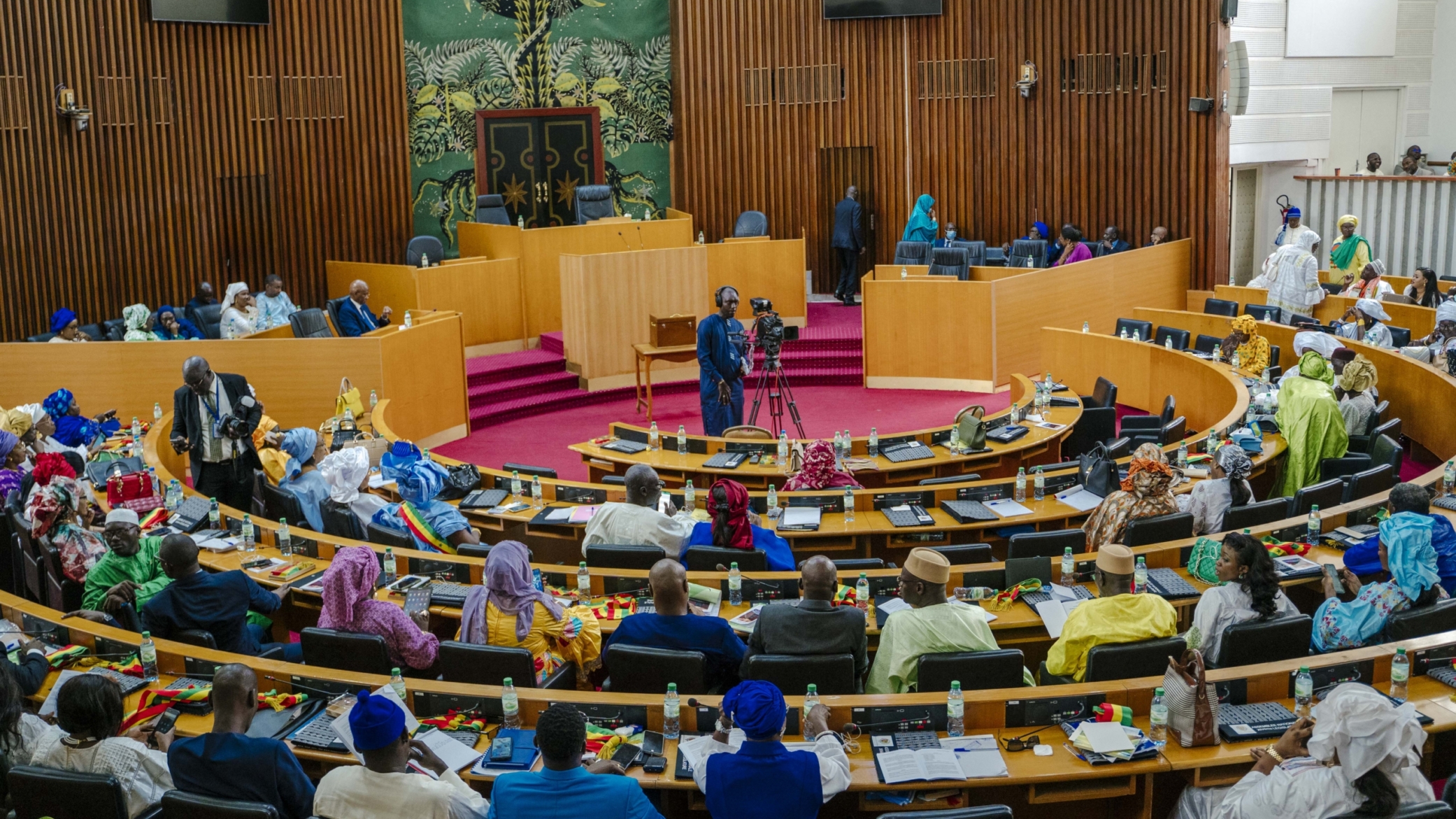Year one of the Inclusive Governance strategy: Q&A with Diakhoumba Gassama and David Sasaki

Cliquez ici pour lire en français | Haga click aquí para leer en Español
In April 2022, the Hewlett Foundation launched its Inclusive Governance strategy, intended to promote the efforts of underserved populations — especially women and youth — to exercise power to make government more responsive to their needs. We sat down with Diakhoumba Gassama, one of the team’s newest program officers, and David Sasaki, whose eight-year term with the foundation will end this year, to discuss progress and challenges in implementing the new strategy and their vision for what comes next.



